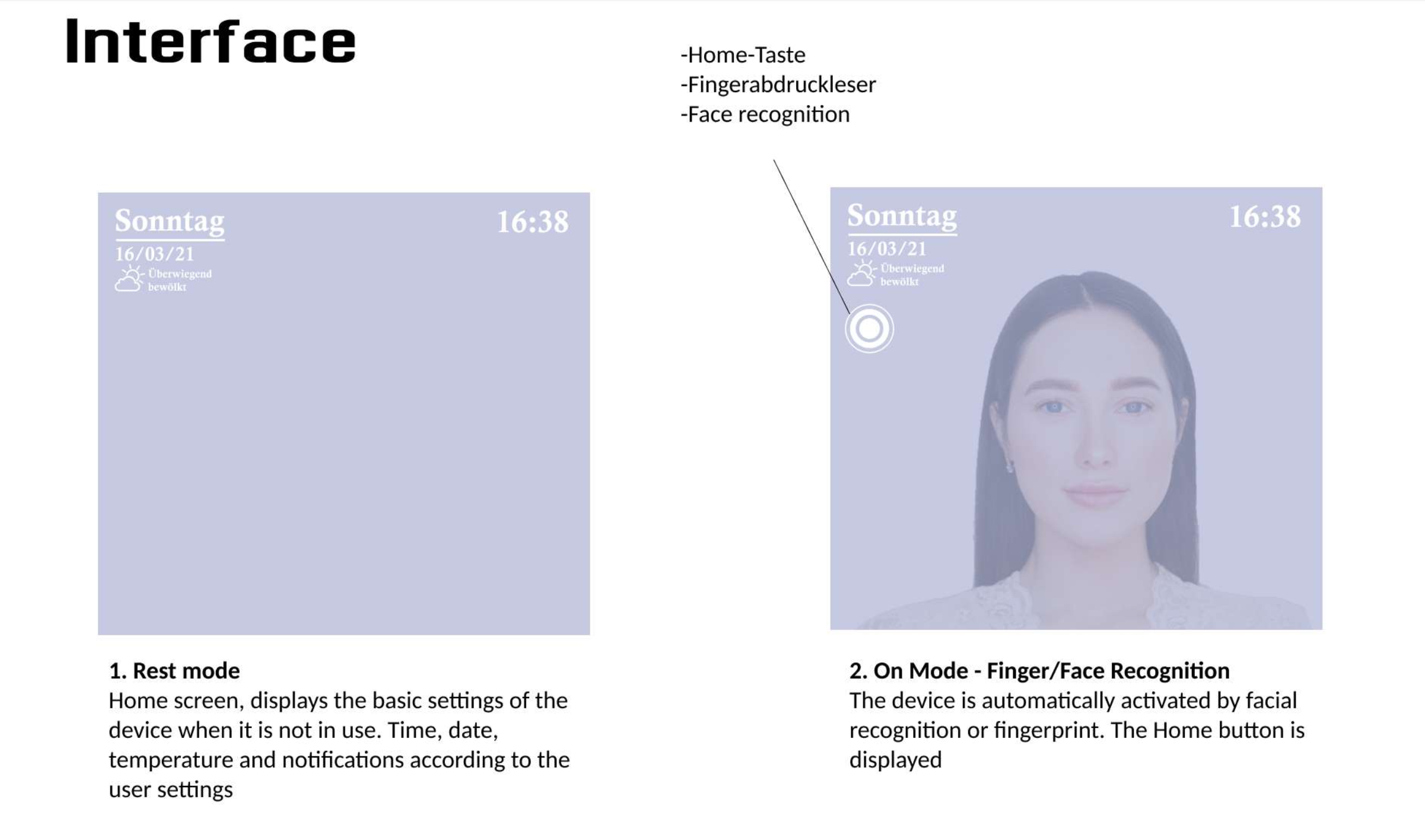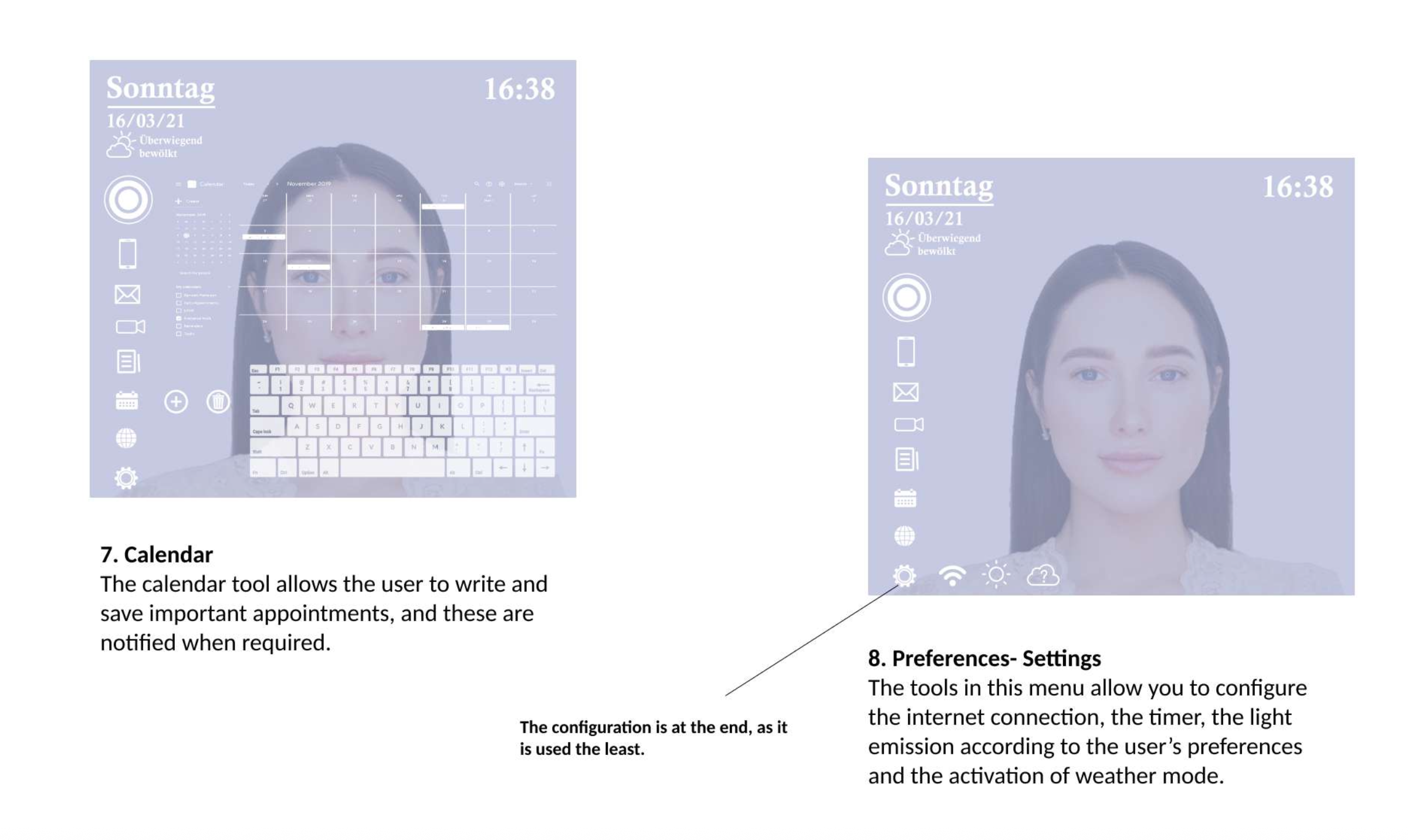UX/UI Redesign, Platform for Web App
SAM-Share and Manage


KUBIK is a mobile app that lets users explore a city’s architecture by simply pointing their phone at a building. It unlocks historical stories, “then vs. now” images, and a narrated audio guide – turning any walk into an interactive, location-based experience.
Most city guide apps overwhelm users with text, lists, and layers of navigation. Through competitive analysis and observation, we saw that existing apps lacked contextual storytelling and quick access to information in real-world environments.
Key insight:Tourists and architecture lovers want to explore without spending time learning a complex app.
Core idea:
Let the user point the phone at a building → unlock visual stories, audio guides, and historical photos.
We defined the main journeys:
Flow highlights:
We designed low-fidelity wireframes to test different interaction models:
We built a clean, contrast-heavy UI suitable for use in daylight and motion.
We created an interactive prototype to simulate:
Microcopy examples:
We simulated use cases with testers via Figma prototype.
Key learnings:
We developed a fully designed concept app that blends physical exploration with digital storytelling. The final prototype allows users to explore architecture like never before — visually, intuitively, and without friction.














